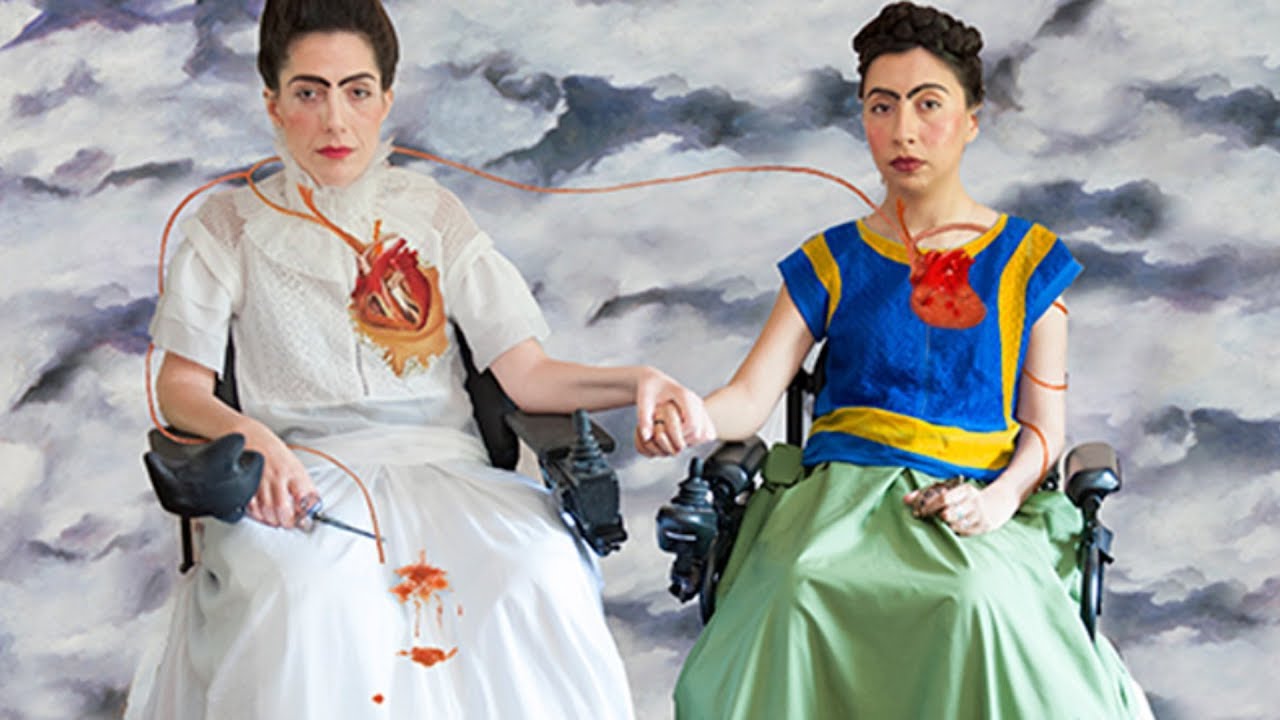When the ADA is the bare minimum, disability art demands (and deserves) the right to equitable access

Last year, Denver celebrated the 40th anniversary of the Gang of 19’s radical act of claiming space, demanding basic human rights, and calling for the right to ride. In 1978, 19 disabled community-activists put their bodies on the line and in the streets, stopping city bus service at Colfax and Broadway with their bodies for two days until RTD (Denver’s Regional Transportation District) committed to making public transit accessible. The ADA (Americans with Disabilities Act) wouldn’t be signed into law until 1990.
I bring this up because the ADA is often mentioned as some kind of total solution to a still inaccessible world. But as was pointed out at the beginning of Monday’s panel, Variations on a Theme: Funding Disability Aesthetics, the ADA is the bare minimum. It is often a box half-heartedly checked, a “well, at least we have one precarious ramp at one door on the back side of a building, located in a dark, unpaved alley that doubles as a veritable minefield of pot holes” gold star of trying to create access. The ADA exists and the world is still inaccessible, and that includes the art world — a tangible and theoretical space that touts itself as radical. But there is nothing radical about inaccessibility.
Disability, like any other social construct, is worthy of dozens of conversations at a conference like this. But in one 90-minute session, the panelists covered as much ground as possible, touching on physical access to theaters, residences and studio spaces, financial access to arts institutions and academic programs, social access to the spaces where art is made and a whole host of other ways we can — and should — view accessibility.
Regan Linton, Artistic Director of Phamaly Theatre Company in Denver, talked about the multi-dimensional approach to true accessibility: “it isn’t just about ramps that got you into a room — it is how you live in the world and how your experience shows up in your art.” Linton then asked: “Instead of thinking about a disabled artist coming into the space an accommodating them, how can you envision the space and process as more accessible?”
Carrie Sandahl, of the Bodies of Work festival in Chicago, spoke to disability as aesthetic — when creative work by people with disabilities reflects a disability experience, either in content or form. Sandahl pointed to the dynamic nature of disability art, which exists across mediums, but — like any community or identifying social construct — can share themes that help shape the culture of disability and the culture at large. Disability art engages with political issues relevant to people with disabilities; it challenges stereotypes, tropes and narratives created about people with disabilities; and it can focus on the lived experience of disability. She presented examples of disability art through visual art, dance, performance art, theater, collaborations across mediums and more.
Reveca Torres, founder and executive director of Backbones in Chicago, spoke about community support and collaboration. Torres shared that having a teacher that saw a need for adaptable materials and tools was part of a web of support that brought her art to life. Combining the mediums of fashion design and photography, Torres collaborated with fellow disabled artists Mariam Pare and Tara Ahern to create the “Tres Fridas Project: Reimagining Art Through the Disability Lens,” a new take on famous works of art featuring people with disabilities.
I left the workshop wanting to hear more from each panelist. When we in the arts talk about access, stopping at the notion of a ramp being a solution is ignoring the depth, dynamics and nuance of disability as a social construct and cultural and historical movement — a part of our human experience that didn’t just magically appear in 1990.
* I barely did this panel justice — a full video of the workshop is available and I highly recommend watching it!
